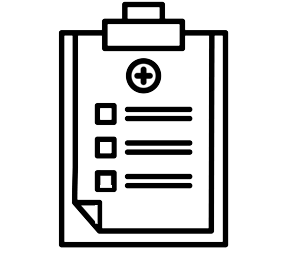


VIVID CINEMATIC RENDERINGS
The Digital Anatomy Library offers over 500 real patient cases.
Users can access the original 2D scan data, medical case notes, and the resulting 3D image with multiple cinematic renderings.
The variety of cases ensures that students gain exposure to physiological conditions, common pathologies and traumas, along with extremely rare pathologies.
Imaging cases can be compared with other DICOMs and frozen cadaver data.
In addition, the possibility to create connections between 2D cross-sectional scan data and 3D anatomy can shorten the time spent on diagnosis and surgery planning.
INTERACTIVE VIRTUAL DISSECTION TOOL
The Freehand Dissection Tool enables users to make incisions in any way or shape anywhere on the cadaver and remove structures layer-by-layer, and structure-by-structure.
Instructors can simulate surgical cuts and provide a more dynamic teaching environment.
The Anatomage Table Alpha offers the opportunity to identify and isolate specific structures from an intuitive categorized list of systems, making the technological device a valuable anatomy learning solution.
HEART BEAT
Making students understand how and, most importantly, why the heart is shaped as it is, can often be impossible through static images, textbooks, and oversimplified online models.
In the Anatomage Table, the Heart Motion and Blood Flow tools provide an accurate kinematic representation of heart function using real cadaver data.
Being able to conceptualise the cardiac conduction system is critical to understand cardiac pathophysiology.
Anatomage Table simulation allows for a comprehensive understanding of topics like valves motion, and systemic and pulmonary circulations.
INTERACTIVE VIRTUAL DISSECTION TOOL
The Freehand Dissection Tool enables users to make incisions in any way or shape anywhere on the cadaver and remove structures layer-by-layer, and structure-by-structure.
Instructors can simulate surgical cuts and provide a more dynamic teaching environment.
The Anatomage Table Alpha offers the opportunity to identify and isolate specific structures from an intuitive categorized list of systems, making the technological device a valuable anatomy learning solution.



